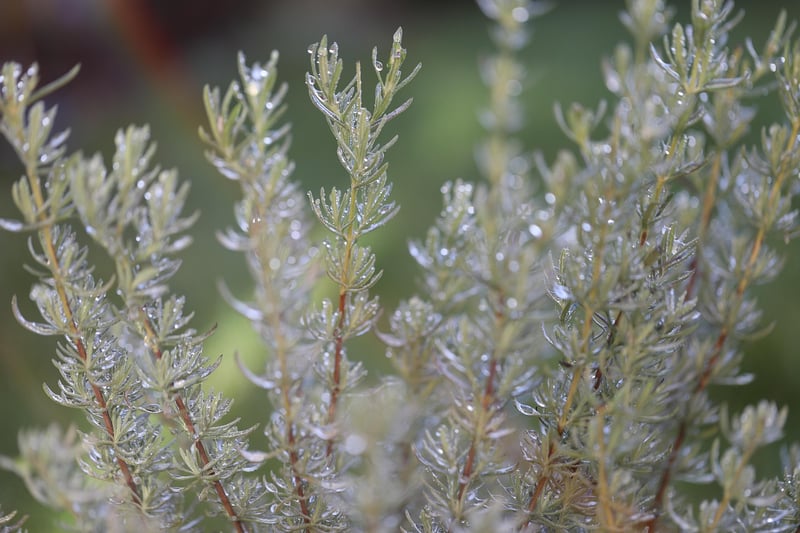Propagation Techniques
Mastering Controlled Environments and Propagation Techniques
In the world of horticulture and agriculture, mastering controlled environments and propagation techniques is paramount to achieve optimal plant growth and yield. Whether you are a seasoned grower or just starting, understanding the principles behind controlled environments and propagation can significantly boost your success rate. Let's delve into the essentials of these practices and how you can harness their power in your own growing endeavors.
Controlled Environments
A controlled environment refers to a setting where various environmental factors such as light, temperature, humidity, and air quality are managed and regulated to create the ideal conditions for plant growth. This approach allows growers to mitigate external influences and maintain a consistent and optimized environment for their crops.
Key Components of Controlled Environments:
- Lighting: Providing the right spectrum, intensity, and duration of light is crucial for photosynthesis and overall plant development.
- Temperature: Maintaining appropriate temperatures ensures that plants can undergo essential biochemical processes without stress.
- Humidity: Controlling humidity levels helps prevent diseases and ensures efficient nutrient uptake by plants.
- Air Circulation: Proper airflow is essential to prevent stagnant air, distribute CO2, and strengthen plant stems.
- Nutrient Delivery: Supplying plants with the right balance of nutrients through irrigation or hydroponic systems is vital for their growth.
Propagation Techniques
Propagation is the process of multiplying plants by growing new ones from seeds, cuttings, or other plant parts. This technique is widely used by growers to expand their crop production or preserve specific plant varieties.
Common Propagation Methods:
- Seed Propagation: Growing plants from seeds is a cost-effective and straightforward method suitable for many plant species.
- Cuttings: Taking stem or leaf cuttings from parent plants and encouraging them to develop roots is a popular technique for many ornamental plants.
- Division: Splitting root masses of certain plants into sections to create new individual plants is common for perennials like hostas and ornamental grasses.
- Grafting: Joining together different plant parts to create a hybrid plant with desirable traits is a technique used in fruit tree production.
By mastering these propagation techniques, growers can efficiently produce new plants with desired characteristics, maintain genetic diversity, and ensure a continuous supply of crops.
Conclusion
Mastering controlled environments and propagation techniques is a fundamental aspect of successful plant cultivation. By understanding how to create and maintain optimal growing conditions and propagate plants effectively, growers can enhance their productivity, quality, and sustainability in the long run. Experimenting with different methods, adapting to specific plant requirements, and continuously learning from experiences are key to becoming a proficient grower in the ever-evolving world of horticulture.
Embrace the power of controlled environments and propagation techniques to unlock the full potential of your plants and elevate your growing skills to new heights!


